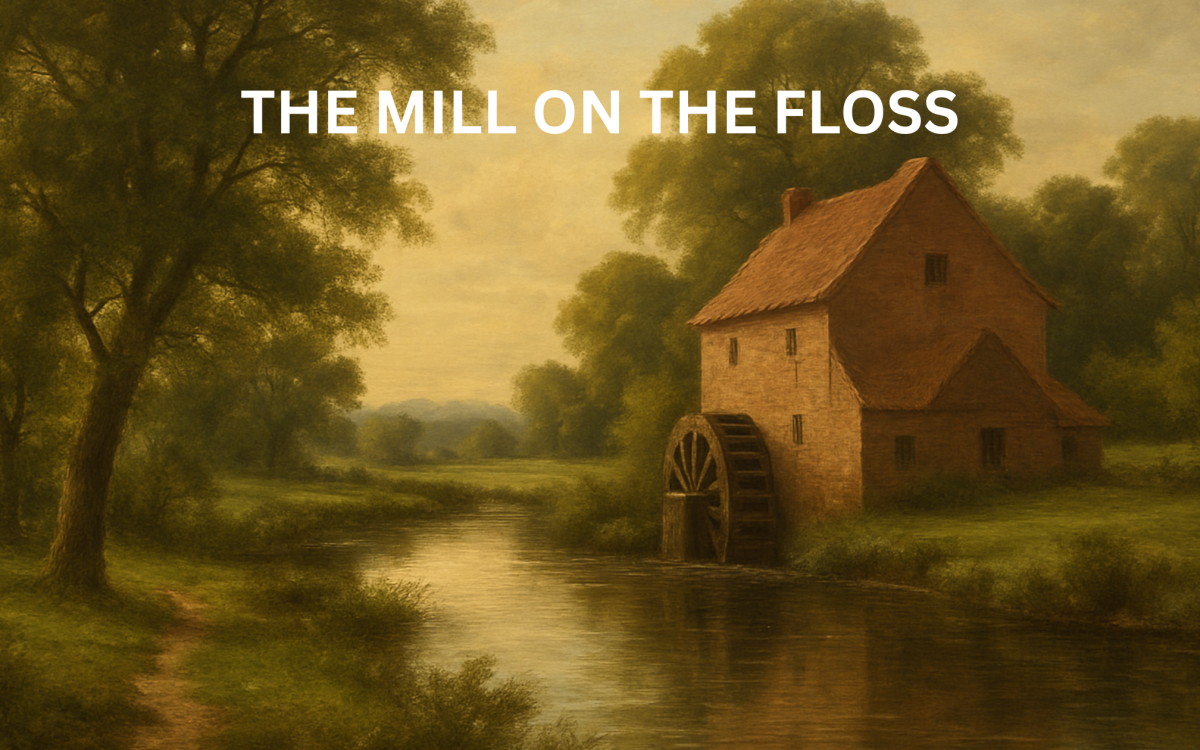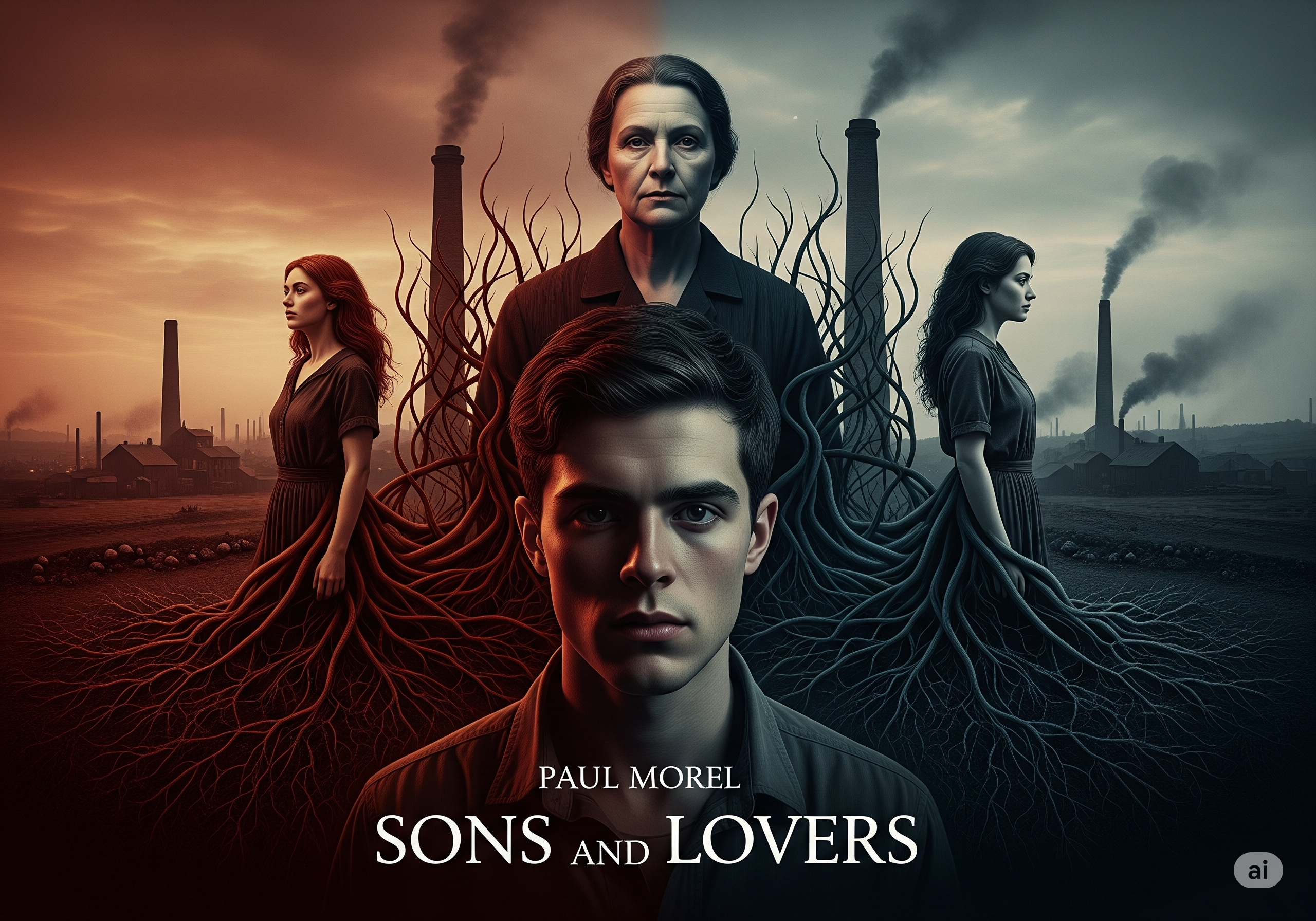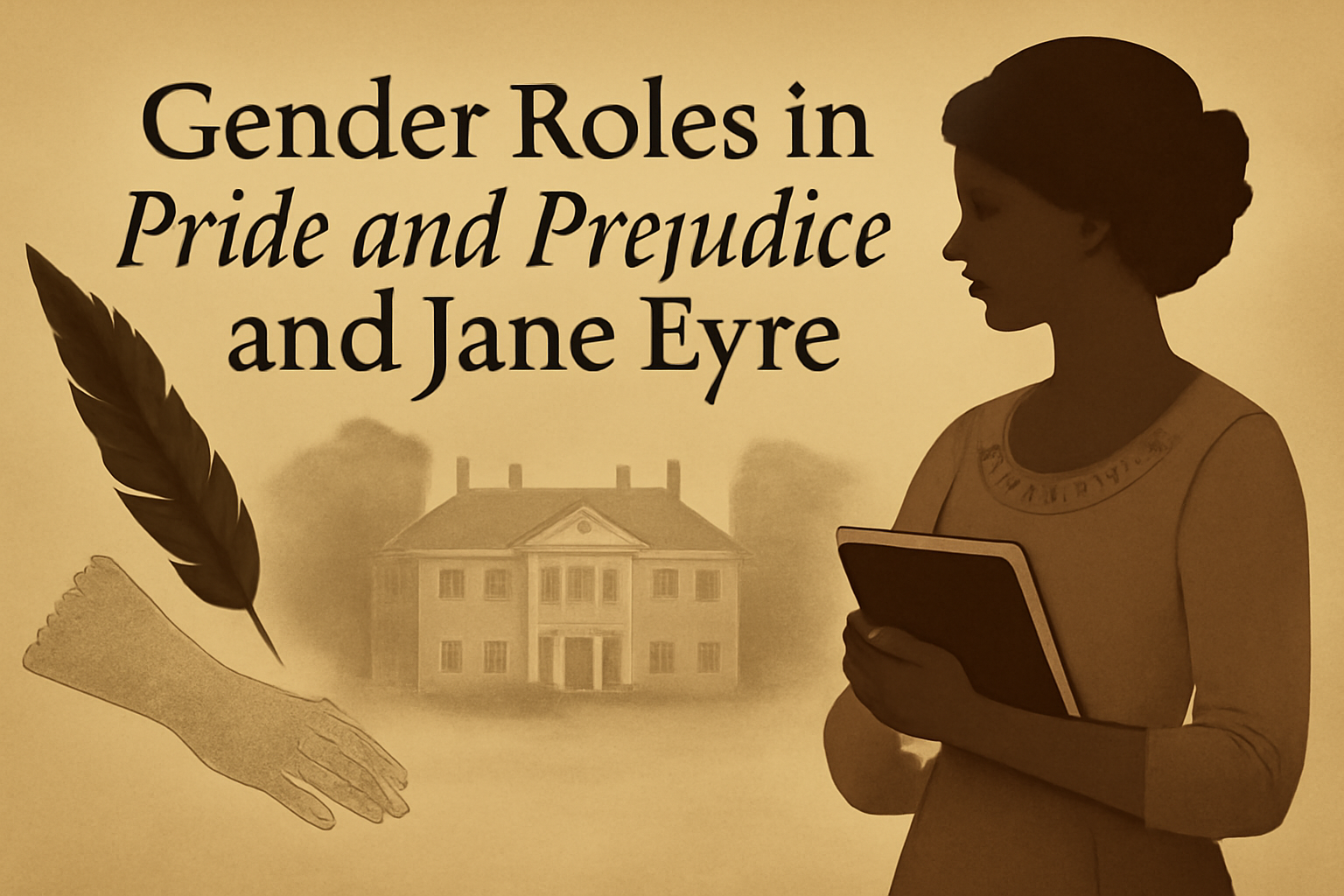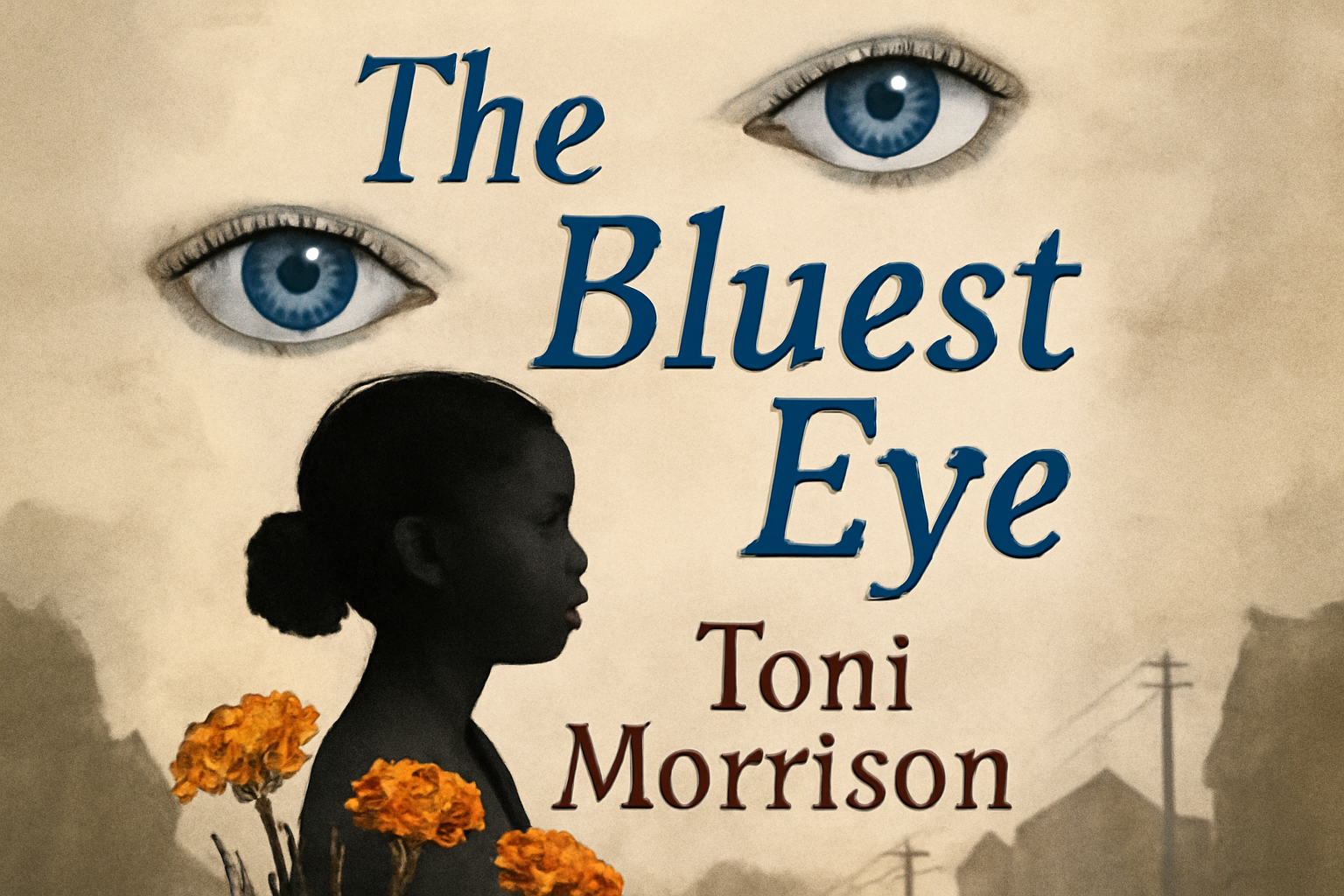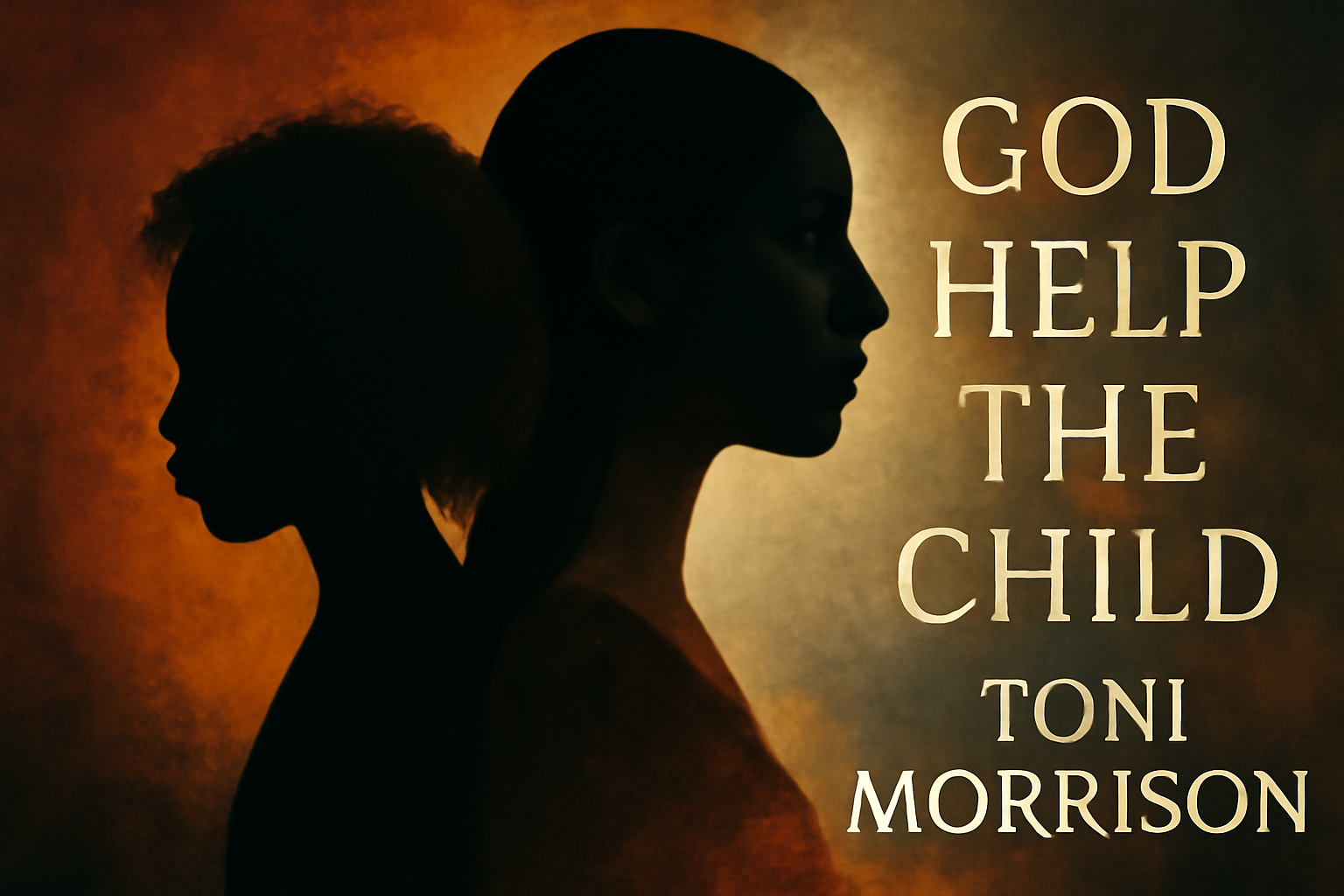Introduction
Every now and then, a novel burrows deep into your mind, refusing to leave—even after the final page is turned. The Mill on the Floss by George Eliot is one such book: layered, emotionally raw, and surprisingly modern in its depiction of individual yearning versus societal expectation. Whether you’re a student tackling this for a class project, or simply a reader craving a thoughtful perspective, settle in: we’re going deep, chapter by chapter, into the Tulliver family’s world along the banks of the River Floss. READ MORE
Background & Context
George Eliot: Beyond a Pen Name
Mary Ann Evans, better known as George Eliot, penned The Mill on the Floss at a time when women writers often masked their identities to be taken seriously. Born in 1819, Eliot brought an unmatched psychological depth to her fiction, challenging the status quo with stories that cut straight to the heart of Victorian society’s contradictions.
Setting the Scene
The story is set in the fictional town of St. Ogg’s, with most of the action unfolding at Dorlcote Mill, which sits at the confluence of the River Floss and the River Ripple. Eliot invents a rural English world teetering between pastoral peace and the slow-burn tensions of class, industrialism, and tradition. It’s no accident—this setting mirrors the real struggles of Eliot’s own life growing up in Warwickshire.
The Mill on the Floss Summary
An Overview
Spanning a dozen or so years, the novel charts the coming-of-age of siblings Maggie and Tom Tulliver, focusing on their emotional development amidst family drama and financial upheaval. At its core, it’s a tale of loyalty and the price we pay for defying—or conforming to—societal expectations. FULL TEXT
Book-by-Book Detailed Summary
Book I: Boy and Girl
We first meet Maggie Tulliver, sharp and spirited, and her brother Tom, a steady but sometimes rigid presence. Their relationship is quickly shown to be one of deep affection but underlying tension. Maggie craves Tom’s approval but is often at odds with her less imaginative mother. However, When Maggie defies her mother and, in a fit of pique, accidentally kills Tom’s rabbits (by forgetting to feed them), we get our first taste of her impulsive love and regret.
Book II & III: Childhood Growth and Loss
Tom attends school, but he finds it more of a struggle against an unsympathetic educational system than an intellectual awakening. Mr. Tulliver takes pride in arranging a prestigious education for Tom. However, both father and son enter the cutthroat and unfamiliar world outside their rural home unprepared.
If you’ve ever watched a family dig itself into a hole over pride and stubbornness, you’ll recognize the Tullivers: Mr. Tulliver’s disastrous legal battle with Mr. Wakem over the mill leads quickly to bankruptcy, upending the family’s status and happiness.
Book IV–VI: Adulthood, Disappointment, and Defiance
As the Tullivers tumble from prosperity, Maggie becomes more central. She turns inward—finding solace in books and her friendship with Philip Wakem, the sensitive son of their arch-enemy. The family’s expectations clash violently with Maggie’s emotions—she’s expected to choose loyalty over love, and security over self-fulfillment.
Meanwhile, Tom, having inherited his father’s rigidity, works doggedly to restore the family’s fortunes—not for joy, but out of a consuming sense of duty and honor. As the years pass, the siblings’ bond is twisted by resentment, misunderstandings, and guilt.
Book VII: Tragedy Strikes
Things come to a head when Maggie and Stephen Guest, her cousin’s fiancé, are swept (figuratively and literally) along by the forces of passion and social disapproval. In choosing not to elope with Stephen, Maggie asserts her own moral code, refusing what might have been an escape from her pain at the cost of her own integrity. Ultimately, Maggie’s sacrifice leads to tragedy—the siblings, estranged for years, are united only in death when the River Floss floods, claiming both their lives in a final, brutal stroke. THE ILLUSTRATED VERSION OF THE BOOK
Major Characters in The Mill on the Floss
| Character | Description |
|---|---|
| Maggie Tulliver | Fiery, intelligent, and deeply emotional; she stands as one of 19th-century literature’s most memorable heroines. |
| Tom Tulliver | Dutiful, sometimes narrow-minded; defined by a stern moral code and deep sibling loyalty. |
| Mr. Tulliver | Proud, impulsive, well-meaning mill owner whose decisions unravel the family. |
| Mrs. Tulliver | More concerned with appearances than deeper happiness; represents complacent domesticity. |
| Philip Wakem | Sensitive, disabled, and deeply in love with Maggie, yet caught in the crossfire of parental animosities. |
| Stephen Guest | Charismatic suitor who tempts Maggie with the possibility of a new life. |
The Mill on the Floss : Thematic Analysis
Feminism, Determinism, and Individual vs. Society
The Mill on the Floss is packed with themes that still pack a punch. First and foremost, Eliot investigates the stranglehold of determinism: Are we truly free, or are we mere playthings in fate’s hands? Maggie’s fate—swept along by external circumstances, always at the mercy of family, society, and convention—reflects a world all too familiar to anyone who’s ever felt trapped by “shoulds” and “mustn’ts”.
Eliot’s feminism pulses quietly but powerfully throughout. Maggie is a woman brimming with intellect and vitality, stifled by a world that imagines “virtue” in female silence and self-sacrifice. Moreover, Her suffering, and the bitter irony of her efforts to please everyone but herself, echo George Eliot’s own battles with Victorian double standards.
Personal reflection: Having come of age in a community with its own set of unspoken rules, I find Maggie’s emotional wrestling especially poignant. Her struggle isn’t just 19th-century — it’s painfully universal for anyone carving out a place in a judgmental world.
Memory, Family, and Regret
Eliot’s use of nostalgia—especially in the novel’s opening and closing—isn’t just window dressing. It’s a meditation on the ache of memory: the way childhood sweetness can curdle as we age, and how the security of “home” is, all too often, illusory. The Tullivers’ story is one of family bonds stretched to breaking—but never quite severed, no matter the grievances.
The Power and Limit of Imagination
Eliot champions the imagination, both as a comfort and a liability. For Maggie, her vibrant inner world is a buoy and an anchor—they inspire her dreams, but also sharpen her pain when reality refuses to measure up. On a personal note, I’ve often found the ability to imagine “what might have been” to be both a blessing and a curse: hope and heartbreak, intertwined.
Symbolism & Imagery in The Mill on the Floss
| Symbol | Meaning |
|---|---|
| The River Floss | Represents fate, change, and uncontrollable forces. |
| Dorlcote Mill | Tradition, family stability (or instability!). |
| Books/Learning | Maggie’s drive for self-actualization, stifled by her era. |
The ever-present river is both sanctuary and threat. Like life itself, it can be tranquil or devastating. Its literal flood mirrors the emotional floods that sweep characters away—sometimes with tragic results.
The Mill on the Floss : Critical Reception
Upon publication in 1860, The Mill on the Floss elicited both praise and discomfort. Victorian critics admired Eliot’s realism and empathy but wrung their hands at Maggie’s “improper” desires. Today, critics hail it as a feminist classic and consider it one of Eliot’s most autobiographical works, praising its sharp psychological portraits and fearless social commentary.
If you read only for plot, you might miss the novel’s real strength: its ambiguous, sometimes uncomfortable honesty. Eliot refuses both pat solutions and easy villains. No one is wholly good or bad here—just painfully, recognisably human. EXPLORE MORE AUTHORS
Personal Insights
There’s a delicate authenticity to Eliot’s storytelling that preempts cynicism. She’s not just interested in climaxes, but in the slow grinding of daily hopes and disappointments. As someone who has dog-eared the novel more than once, I still catch my breath at the sheer tenderness—and brutality—she brings to Maggie’s journey. She knows our capacity for self-deception, for stubbornness, for love that wounds as often as it heals.
And listen, if you’ve ever left home, fallen out with family, or felt the undertow of regret, this story will hit home. Sometimes the “river” wins. Sometimes, the very act of remembering is its own small rebellion.
Conclusion
With The Mill on the Floss, George Eliot doesn’t offer neat answers, just as life rarely does. It’s a novel for anyone intrigued by the complex dance between selfhood and society—between obedience and resistance, memory and change. Maybe, for my money, it’s this absence of certainty—and the nearness of regret—that makes it truly timeless.
Feeling inspired? I’d encourage everyone to give Maggie’s story the time and care it deserves. Sometimes, you need to float downstream before you recognize the value of where you came from, and just maybe, the harsh lessons learned along the way.
“The fury of Maggie’s struggle seems to yield an anticlimactic result because of the contrast between the passion in her struggle and the intellectual quiet and momentary immediacy of her insight.”
Let the river take you for a while—you might just find something of yourself in its depths.
Frequently Asked Questions
1. Is The Mill on the Floss based on George Eliot’s own life?
Yes—in many ways. Maggie’s intellectual curiosity and familial struggles mirror Eliot’s own upbringing and complex relationships. Scholarly consensus often calls it her most autobiographical novel.
2. Why is the ending so tragic?
Eliot’s relentless determinism shows in the final flood. She sees our destinies shaped by forces we cannot control. Maggie reconciles with Tom as they face death. This moment is both catharsis and condemnation. Sometimes, redemption comes too late, but love does not.
3. What makes the novel’s style unique?
The combination of omniscient narration, introspective asides, and careful psychological observation gives the book its distinctive voice. Eliot isn’t above digressions or getting up close and personal with her characters’ anxieties.

